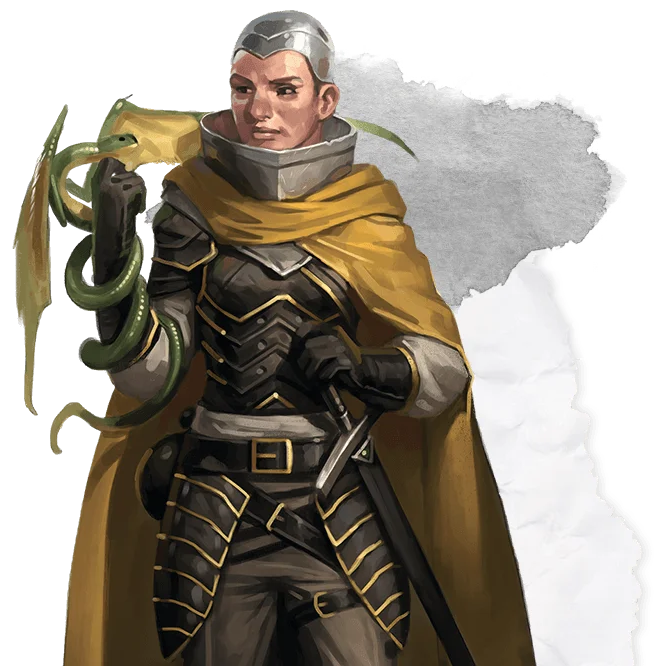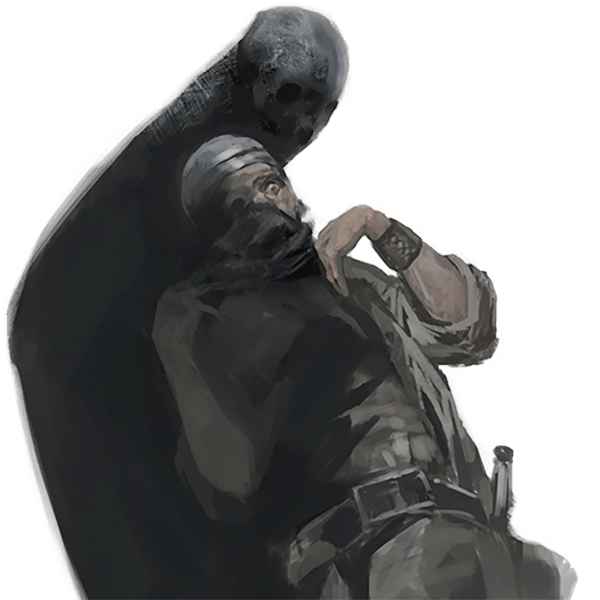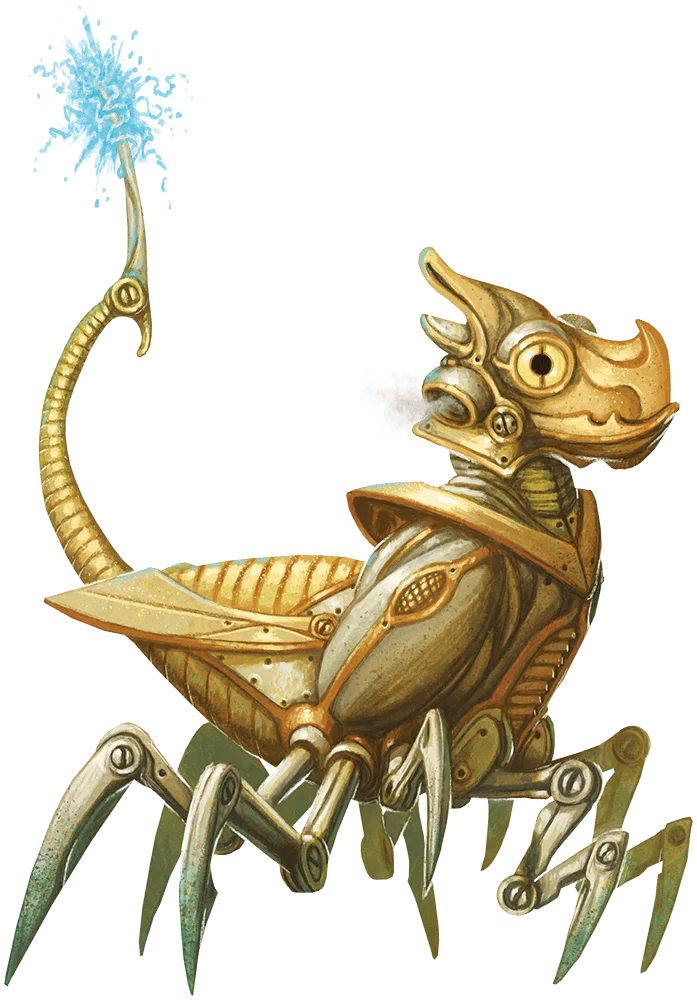D&D 5e: A Complete Guide to Sidekicks
Pelor help me, I’ve fallen down another rabbit hole of obscure D&D mechanics. And these are even less likely than usual to ever happen in my actual games. But I don’t care because the sidekick rules are honestly really cool and revolve around one of my favorite concepts: playable NPC/monsters!
Introduced in Dragon of Icespire Peak (and heavily fleshed out in Tasha’s Cauldron of Everything), the sidekick rules are a system whereby a normally-unplayable creature can gain its own class levels that let it grow stronger alongside a party of regular PCs. There are three Sidekick classes (Warrior, Expert, and Spellcaster) that behave like stripped-down counterparts to fighters, skill-monkeys, and casters, with any monster/NPC of CR½ or lower being eligible.
Uses For Sidekicks
The game lists two main reasons you’d want to use sidekicks in your campaign. The first is if an NPC/pet monster becomes unexpectedly popular among the players, and y’all agree you want it to tag along as an honorary party member. Sidekick rules will prevent it from being outstripped in power as the party gains levels through their adventures. Secondly, they’re great for beginner players who are intimidated by a full player character and want a simpler introduction to the 5e system. And I have to agree that the sidekick rules are incredible for both these reasons.
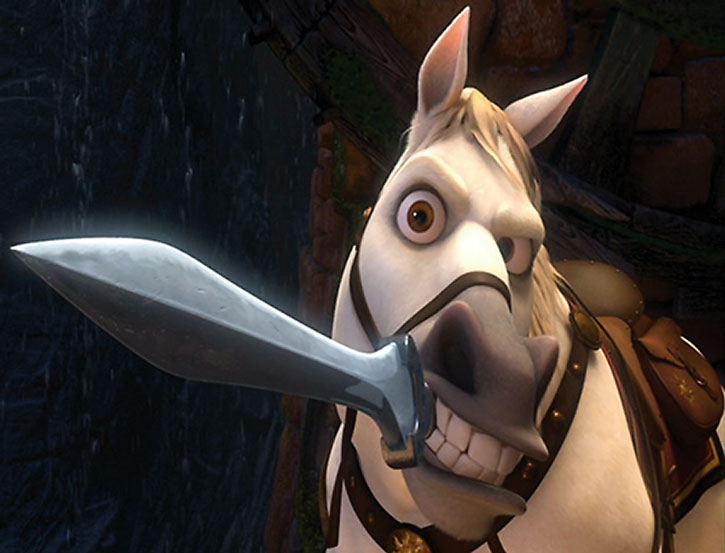
I’d personally add a third reason, as sidekicks are a great opportunity to mix up the usual gameplay experience and play something truly unique for a more quirky experience. Just look at the eligible monsters, CR½ is a very generous ceiling that houses a huge menagerie of unique and powerful creatures. We’ll be covering some of my favorites later, but for now let’s go through the act of creating a sidekick!
How to Create a Sidekick
First thing first, pick any monster or NPC with a challenge rating CR½ or lower. Then, decide whether you want to level them up as a Warrior, Expert, or Spellcaster. (You need to own Tasha’s to see these links, sorry, there’s no way around it)
Warrior
Warriors are the easiest sidekick class to use, and the only one with no restrictions; any sidekick-eligible monster can become one. And it’s probably my favorite sidekick class as it can gain some great features even at level 1. +2 to attack, proficiency in all armor/weapons and a large roster of useful skill proficiencies will be useful no matter what character you had in mind.
Expert
Experts are all about skills. Not only can they choose any five skills to gain proficiency, they also gain two tool proficiencies and light armor and simple weapons. In my opinon they’re the weakest of the three classes due to their lack of combat bonuses, but for a true sidekick (or a sneaky/political intrigue campaign) they’re very good at their chosen niche. Only monsters/NPCs who speak a language can become Expert Sidekicks.
Spellcaster
Spellcasters are the most customizable sidekick class, as they have to further choose whether they cast spells with Intelligence, Wisdom, or Charisma. This choice determines what class lists they take their spells from, meaning that all three will play very differently. Due to many spells needing verbal components, only monsters/NPCs who speak a language can become Spellcaster Sidekicks. In addition, any statblock that already has a ‘Spellcasting’ feature would lose it if they took this class, making it the most restrictive of the three options.
After that, it’s as simple (if not more so) to build and level your new character like you would any player character. There’s only one final consideration:
What about racial traits?
A lot of possible sidekicks have ‘Race (any)’ in their statblock. If you choose a race with additional features (like, say, darkvision), do you get to add that to the sheet? And how would you even figure out exactly what those racials are?
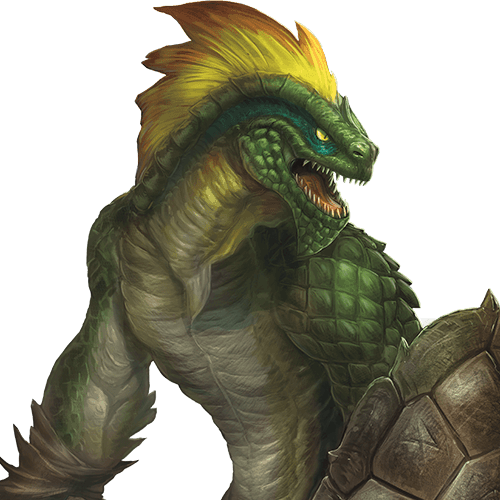
Well, officially, the Sidekick rules don’t say you get anything of the sort, but the example ones on D&D Beyond are clearly adding racials. So the easiest way to do that is to use the “NPC Features” table on page 282 of the Dungeon Master’s Guide, which lists the various racial traits that are inherent to most common species. (They don’t have human on the list, so I personally give them a feat as per ‘variant human.’)
An optional note on hitpoints
And lastly, I want to mention the other decision you technically have to make, regarding how many starting hitpoints they get. Every monster’s statblock health looks something like this: “11 (2d8 + 2)“, showing the average HP and the Hit Dice+Constitution that calculated it. You could give your new sidekick the average (in this case 11), or you could roll for it, as the DMG allows both options for determining monster HP. But for particularly-squishy sidekicks, you could additionally do “Level 1 Hit Die are maxed out”, using the logic that player characters calculate their health that way. I personally would only do it in cases where the sidekick would otherwise have like 1-4 health, cause that’s gonna get annoying fast.
And that’s it! Here’s an example sidekick I rolled up, using the ‘Sacred Stone Monk’ monster as a baseline. You can see her statblock is way simpler than a normal player character, but there’s still enough there that she could hold her own as a party follower, or remain interesting as my primary character if I wanted an easier time playing her than a typical Monk PC.
General Tips For Building Sidekicks
Next I wanted to discuss some all-purpose considerations for getting the most out of your sidekick characters. We’re not quite getting into actual monster options yet, but it’s coming soon, I promise!
My first tip is that, paradoxically, martial statblocks make excellent Spellcasters and caster statblocks make excellent Warriors. Grabbing a monster built for combat (especially ranged) and adding spells to its repertoire can really increase its versatility and take advantage of its pre-existing survivability. And on the other hand, an NPC spellcaster will love wearing plate armor and having proficiency on Con saves to maintain Concentration. Either blend will lead to an adventurer often more well-rounded than actual player characters.
Another thing to consider is the aforementioned ‘Race (Any)’, which is a huge opportunity to add some powerful racials into the mix. Several options get racial spellcasting, Hobgoblins deal 2d6 extra damage, Kobolds get Pack Tactics, etc. There are also some hilarious options like skeleton or zombie where this is mechanically the best means by which to play one. If you have no idea what to take, Aarakocra’s flight is probably the best racial in the game so long as you don’t wear heavy or medium armor.
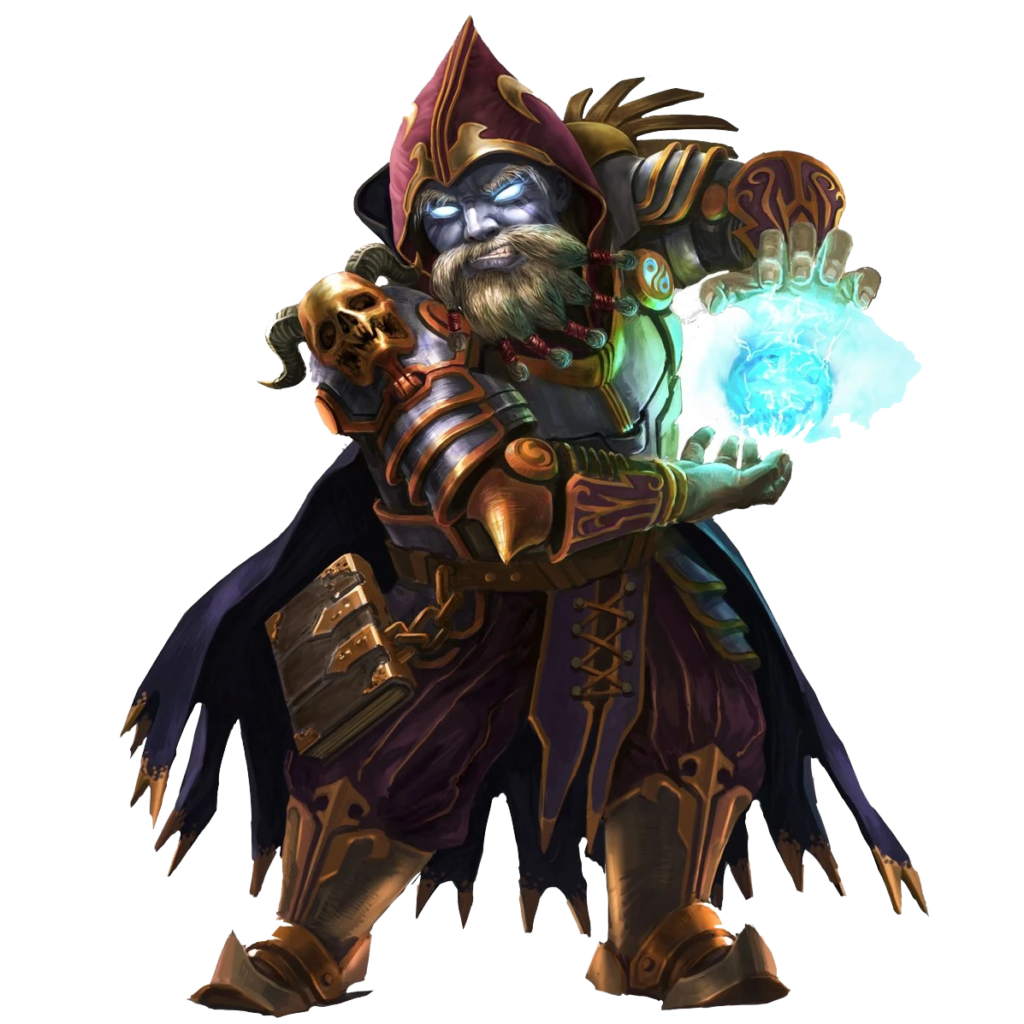
And last but not least, you’ll probably want to buy your new sidekick some better gear! Whether they qualify for armor, weapons, tools, or a spellcasting focus, sidekicks can use any of the same equipment as PCs, and in many cases this can be a huge boost in power, since many NPC statblocks are undergeared for balance reasons.
Some Stellar Sidekick Selections
The moment has come! Let’s talk about some low-CR monsters that nonetheless bring incredible boons to the party. For better or worse, all of these make great sidekicks, some of them are probably honestly better than player characters. (You may have noticed we’re slowly moving further and further away from the design intentions for sidekicks, but I can’t help myself):
Frontline Medic
Back in the older editions we had something called a “healbot,” essentially an NPC cleric controlled by popular vote whose only job was to heal the party so that nobody else had to do it. 5e solved that problem by making dedicated healers largely unnecessary, but if you still wanted one, this sidekick from Guildmasters’ Guide to Ravnica fits the bill perfectly. With 20 AC, Medicine proficiency, and nothing but White Mage spells, this guy does exactly one thing but he does it quite well. I rolled and geared one up in the D&D Beyond homebrew section if you want a quick-and-easy healbot for your own campaign.
Thug
The basic thug is the chonkiest meat shield among the available monsters. With a whopping 32HP, Pack Tactics, and Multiattack at first level, she gets the job done before you’ve even added a sidekick class. Her main downside (crappy gear) is easily fixable, and you can even make an argument for letting her keep the flying snake companion she’s shown to have in the artwork. (It’s because she canonically hails from the Zhentarim, a criminal faction in the core setting that uses them as animal messengers.)
Sage
To round out the classic playstyles, the Sage from Strixhaven: A Curriculum of Chaos is a great option for a spellcaster NPC to convert into a sidekick. They get a ton of skill proficiencies, a very versatile spell list including offensive, defensive, and utility options, and they speak any four bonus languages of your choice. Giving this NPC the Warrior class will patch that awful AC and help them hit with shocking grasp in combat. (The Spellcaster class is not recommended as they’d lose all their original spells from the ‘Spellcaster’ feature.)
Together, these first three are the archetypical “fighter, mage, cleric” trinity, and my personal three recommendations for sidekicks if you want a very simple character designed to patch an obvious hole in a party comp.
Jackalwere
You may be saying, “Well, aabicus, what about thieves?” And to be honest, there aren’t many great CR½ monsters with a sneaky playstyle. If your party needs a dimestore rogue, I’d probably recommend the Monster Manual’s Jackalwere. Stealth proficiency, immune to nonmagical damage, shapeshifting, Pack Tactics, a gaze that puts its victims to sleep…there’s a lot to like! Deep Gnome (Svirfneblin) is a decent runner-up, with good stealth, darkvision, concealment-oriented spells, and a ranged attack that can give enemies disadvantage on perception checks.
Barovian Witch
This isn’t the most powerful sidekick, I just like her spread of abilities. Darkvision, perception proficiency, and a versatile spell list including ranged damage, melee damage, utility, AoE effects, and invisibility. Their blurb in Curse of Strahd also mentions they use find familiar to summon animal companions (and the adventure contains Barovian shadow herbs that make said familiars giant!) There are more-broken spellcasters on this list, but this one is very well-rounded and (I believe) the only way to get my favorite spell, alter self, at 1st level.
Cockatrice
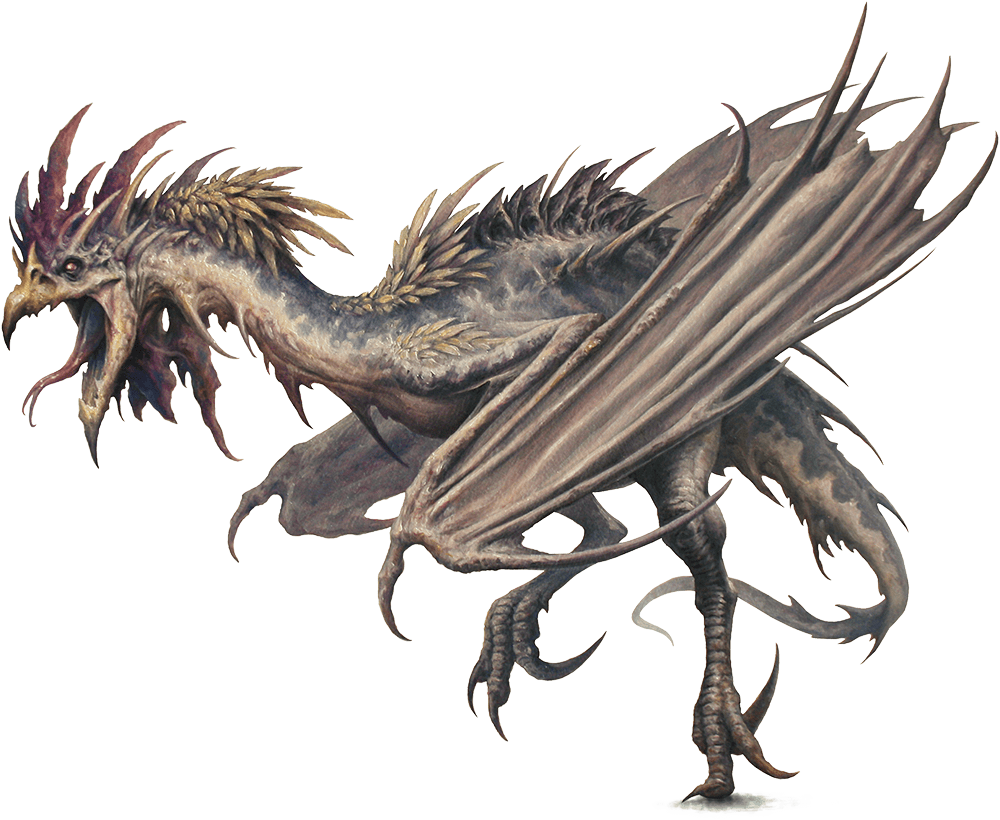 Now we’re getting into the weird stuff! The cockatrice punches well above its weight class thanks to its ability to turn victims into statues. With only two failed Con saves, this creepy little bird can turn anything in the game to stone for 24 hours. There’s a reason players fear fighting them! And now you can finally take your turn putting that petrifying power to use on the battlefield.
Now we’re getting into the weird stuff! The cockatrice punches well above its weight class thanks to its ability to turn victims into statues. With only two failed Con saves, this creepy little bird can turn anything in the game to stone for 24 hours. There’s a reason players fear fighting them! And now you can finally take your turn putting that petrifying power to use on the battlefield.
Rust Monster
If you’d rather be the most annoying thing on the battlefield than the most terrifying, the rust monster has a petty hilarious playstyle involving targeting enemy equipment. Every subsequent hit on metal objects weakens your enemy’s damage output and armor class, which makes rust monsters unique as sidekicks who support the party in combat without stealing the spotlight. And outside of combat, they’re great for corroding through locks or other metal obstacles in the party’s way.
Needle Blight
The Monster Manual’s Needle Blight makes the list exclusively for its great ranged attack, 2d6+Dex! That’s pretty much the best ranged damage in the gallery, and they also bring 60 feet of blindsight to the table. If you want a backline sniping sidekick, it doesn’t get much better than that.
Swarm of Wasps
This is a sidekick who speaks for itself. Swarms are terrifying in D&D, so I doubt I need to explain why wielding one can be a serious power trip. The main downside is that swarms can’t regain hitpoints, suggesting your poor sidekick will waste away unless someone in the party is a beekeeper who can replenish the swarm’s population between adventures. Or, if you’d rather have a more self-sufficient flying insect…
Metal Wasp
If you don’t have Dungeon of the Mad Mage, the base Giant Wasp statblock is pretty much equally good. Both are high-damage flying monsters whose main downside (low AC) can be solved with barding. But Metal Wasps get darkvision and a laundry list of damage/condition immunities on top. And finally, player characters who use poison can milk them for a free bottomless supply!
Giant Owl
I’m including this one right after the Giant Wasp as its the blue oni to the wasp’s red. Giant Owls are extremely versatile, with Stealth proficiency, darkvision, 60-feet flight speed, and a high-enough strength to serve as a mount or beast of burden. They can use Flyby with the Help action to grant advantage to teammates in combat, and they speak a language so they qualify for Expert or Spellcaster. There’s a reason owls are the fan-favorite familiar!
Shadow
The shadow is terrifying, and my personal candidate for the best Warrior sidekick in the game. Frankly I can’t believe they’re only CR½. Stealth bonus, a huge list of resistances and immunities, darkvision, and (most importantly) it drains 1d4 Strength on hit. The victim’s stats literally deplete, and they die at Strength 0. Considering how many monsters use Strength to calculate damage, the shadow will cripple them in a matter of rounds, especially at higher levels once it unlocks Multiattack. Its main downsides are that it doesn’t speak a language (no caster shadows unfortunately) and I’m not sure I’d let one wear armor considering the nature of its form. But the ease with which it dominates every other facet of combat makes it well worth it nonetheless.
Pixie
Step aside, tooth fairy, the sidekick fairy’s coming and bringing a lot more than pocket change!
If the Shadow does one thing really well, the Pixie brings a versatility largely unmatched by the competition. Good stealth, a huge list of great spells, free toggleable invisibility, and speaks a language so she qualifies for any sidekick class. (Her ‘Innate Spellcasting’ feature does not conflict with ‘Spellcasting’, so she can learn new spells on top!) Having access to polymorph at level 1 is insane and worth the price of admission right there. The primary downside is that the pixie has a single hitpoint, relegating them squarely into noncombat party roles. But that’s okay considering how many powerful features it brings to the table.
Juvenile Mimic
This is the first time I’m going to recommend Expert, and only because this cute li’l guy from Tasha’s has no chance of ever being useful in combat. Instead, he’s basically the ultimate omnitool, shapeshifting into literally any item you could ever need but forgot to pack. The extra skill and tool proficiencies (pick thieves’ tools!) let him fill holes in the party’s skill rosters, and his 120 feet of telepathy makes him great for spying and sentry duties.
Kiddywidget
At first glance there might not seem much to say about this little robot bug thing. Its stats are okay I guess, the immunities and multiattack are cool. But the real kicker is that it grows into a full skitterwidget after 10 days, which instantly turns this into possibly the most powerful Sidekick in the game. Assuming your campaign lasts a week and a half, you suddenly become a CR5 monster who hits like a truck, stuns, climbs walls, and speaks a language so qualifies for Spellcaster. If you take shocking grasp as one of your spells, you become the only creature in the world with an unlimited self-healing cantrip. Can’t say no to that!
Warhorse/Valenar Steed
Gotta save the best for last, because the humble warhorse is just too famous and classic to put anywhere but the very end of the list. Fiction is filled with loyal steeds who served their masters through thick and thin, and D&D is no exception. With commendable strength, 60-foot movespeed, and 2d6+4 damage on hit, the warhorse is a powerful ally for any character. And if you really want to take your friendship to the next level, Valenar Steeds from Eberron: Rising From the Last War are sentient fey horses with a few extra tricks. They speak languages (qualifying them for any class), can communicate telepathically with their bonded rider, and get an extra Ancestral Trait to let you further customize its playstyle. Despite how unique and gimmicky sidekicks can be, sometimes it’s better to go back to the basics, and nothing’s more simple than a hero and their horse.
I know I definitely went into way more detail than I needed to on this niche ruleset, but I just love the spirit behind it. Ordinary player characters are cool, but there’s something so exciting about the possibility of taking something normally-unplayable and creating a template by which it can enter the field as a hero like any other. I know I’ve certainly enjoyed rolling them up, and I think D&D’s rules are richer and more innovative for having the sidekick rules within it.

